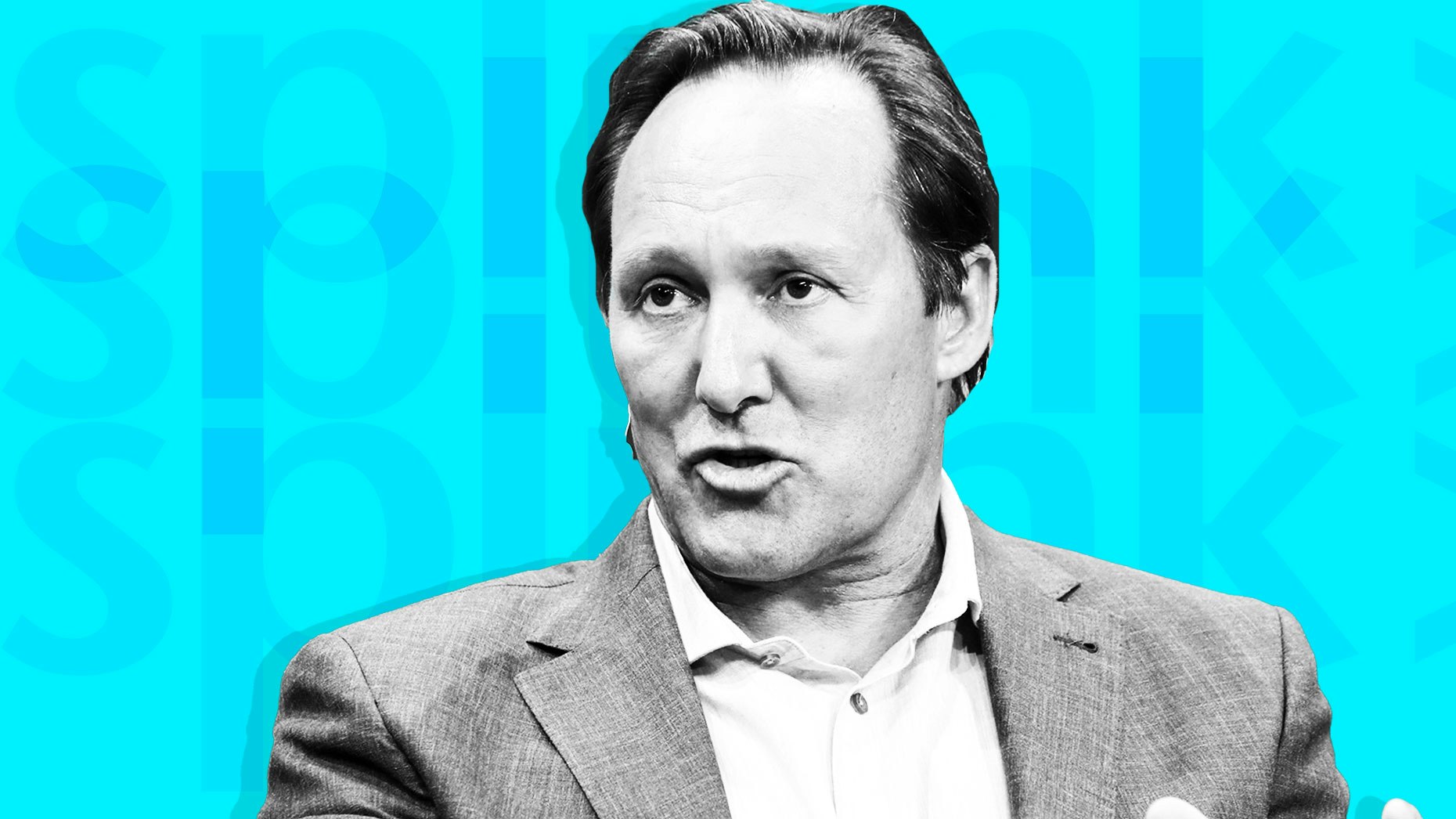

#Splunk ceo death free#
We built the playbook as we built the company, making decisions about what the initial cloud offerings would look like and which features would be free vs. No standard playbook for product-led growth, or for the cloud-based delivery and monetization of open-source software, existed. Decisions didn’t neatly divide into categories of product for them and operational for me. We wouldn’t have been able to do that without a strong partnership between the founders and me, particularly with Eliot (founder and CTO) and Dwight (founder and initial CEO, who eventually became chairman and handed me the reins of CEO). And perhaps more importantly, we laid some of the foundations for what later became a hugely successful cloud business that transformed how enterprises delivered and consumed infrastructure software. The company grew explosively and changed the market for databases and how developers built web applications. The four years I spent at MongoDB–first as president, then as CEO-were a great experience. In the latter case, they need a partner to lead the company’s operations. In some cases, a founder is interested in and has shown initial aptitude for leading all these areas. A company needs funding, it needs a team, and, ultimately, it needs to execute on engineering, sales, customer success, and marketing. Without that, there is no company.īut that initial product-market fit isn’t nearly enough. When that idea resonates with a broad audience, you have the kernel of product and market fit.
#Splunk ceo death how to#
They started the company because they had an insight that something could be done better, and an idea of how to do it better. In almost every case, the initial product and market vision come from founders. The company has to execute successfully–sometimes the domain of a hired CEO. Lots can go wrong with a startup, and to succeed, two things have to go right: The product must fit the market well– almost always the domain of the founder(s). And how a founder and a CEO work through them could help determine the ultimate success of a company. Could I make a business decision contrary to the founder’s views and have us both feel good about the process?Īll are valid questions and examples of potential tension points between a technical founder and a new leader brought in from the outside.

Did discovering that the founders wanted to challenge the established way of doing things make me excited to join – or want to run for the hills?.Was I willing to engage with a young technical founder on business issues?.Could I justify my plans on first principles?.The territory we covered that day included: Our discussion was a live experiment on how we would work together, getting to the heart of a start-up’s decisive partnership between a CEO and a founder. On the surface, Eliot’s question to me years ago was about business models and sales hiring. Focusing on that dynamic is even more critical in today’s more volatile, fast-changing technology markets. My topic today isn’t product-led growth, but the relationship between a founder, such as Eliot, and a hired CEO (or president, or COO–in my case I started as president and later became a CEO) and the key factors necessary for that relationship to succeed. Product-led growth was far from the common buzzword it is today, but the founding team at MongoDB had built a product that developers loved – the same developer love that would directly power much of the company’s rapid growth. Eliot was the founder and CTO of MongoDB and in late 2010, I was interviewing to come aboard as president. This was the first of many memorable interactions I had with Eliot Horowitz. “Are you gonna hire a bunch of useless salespeople like they have at Oracle?”


 0 kommentar(er)
0 kommentar(er)
